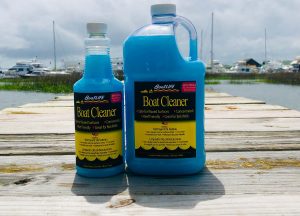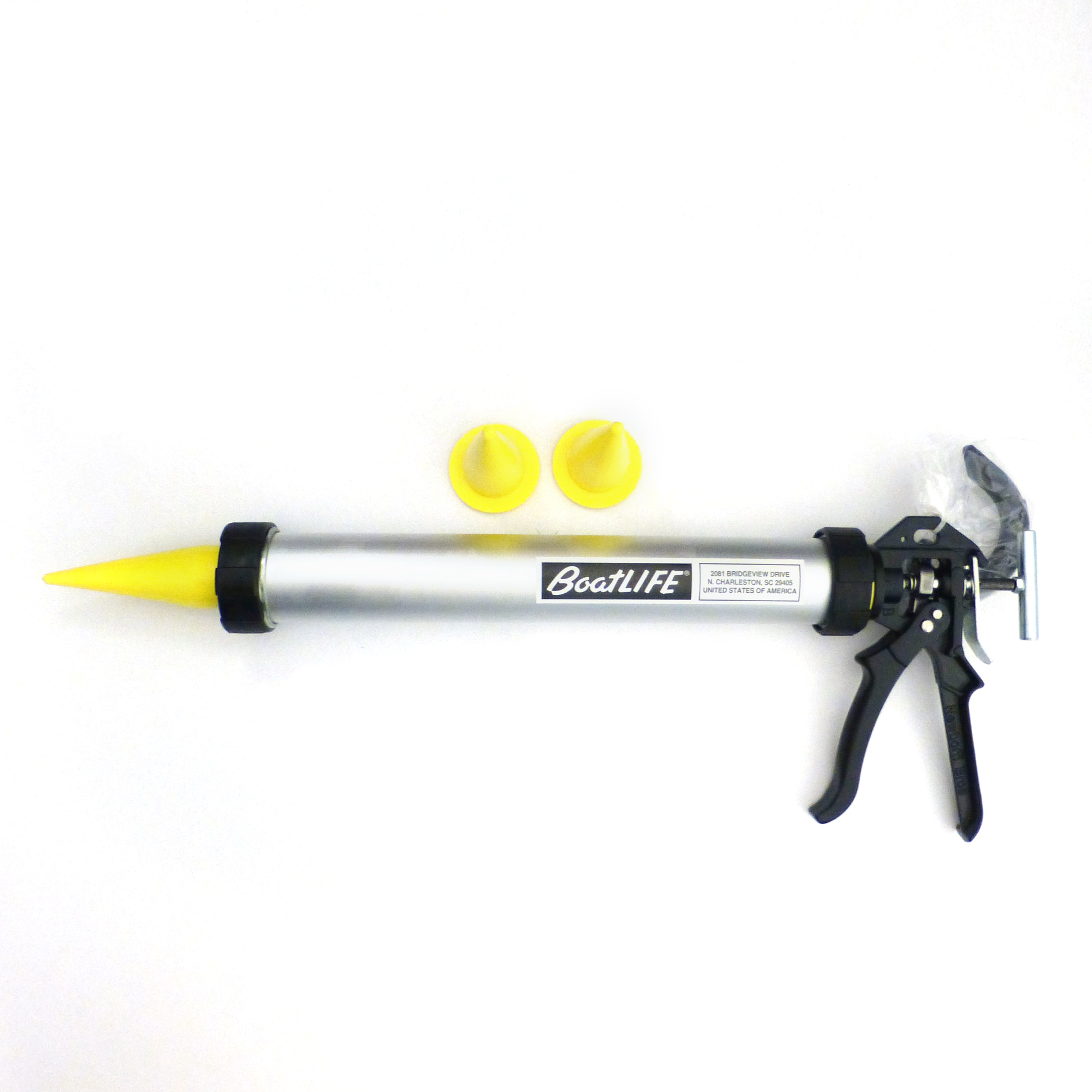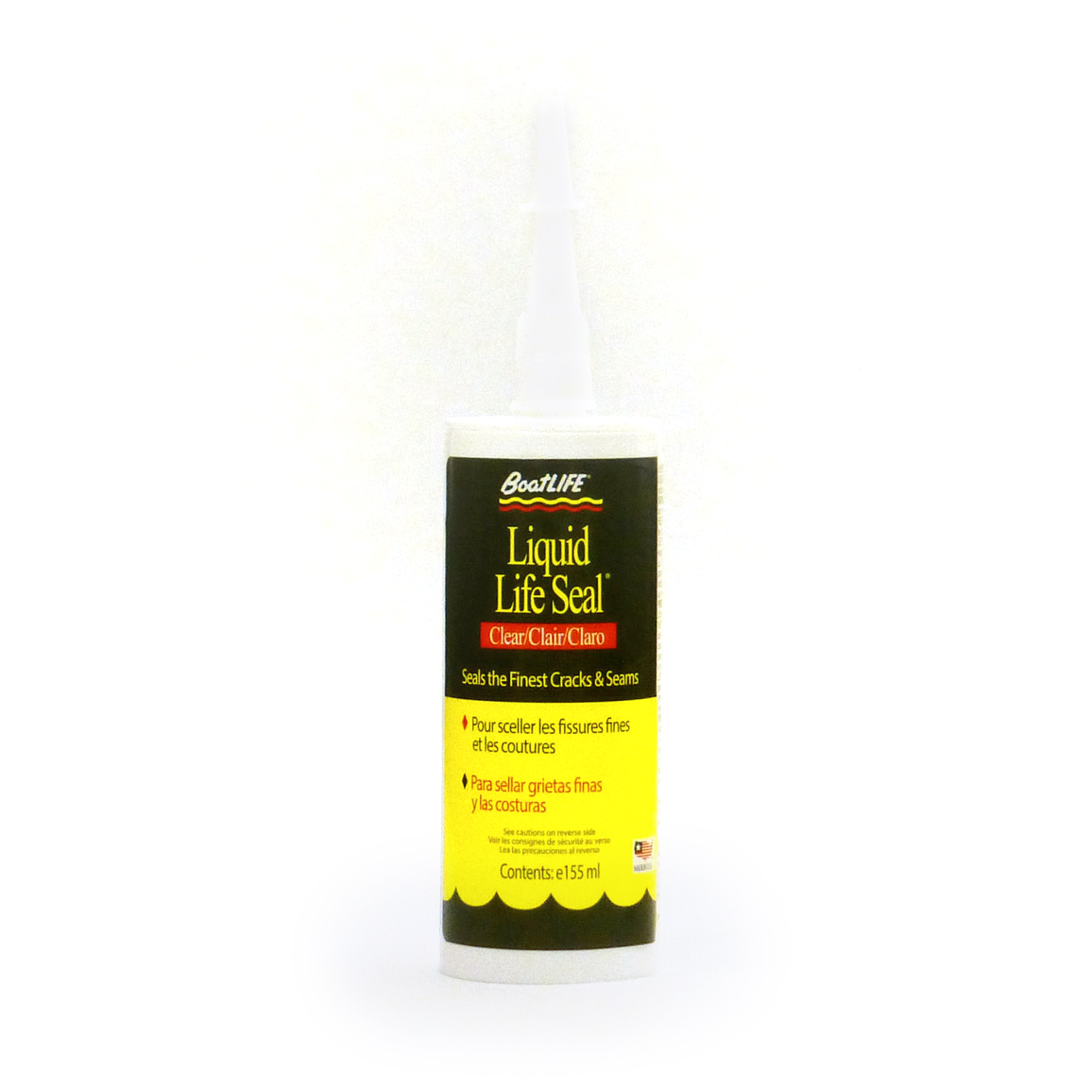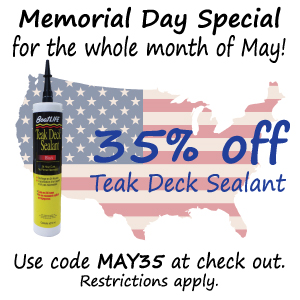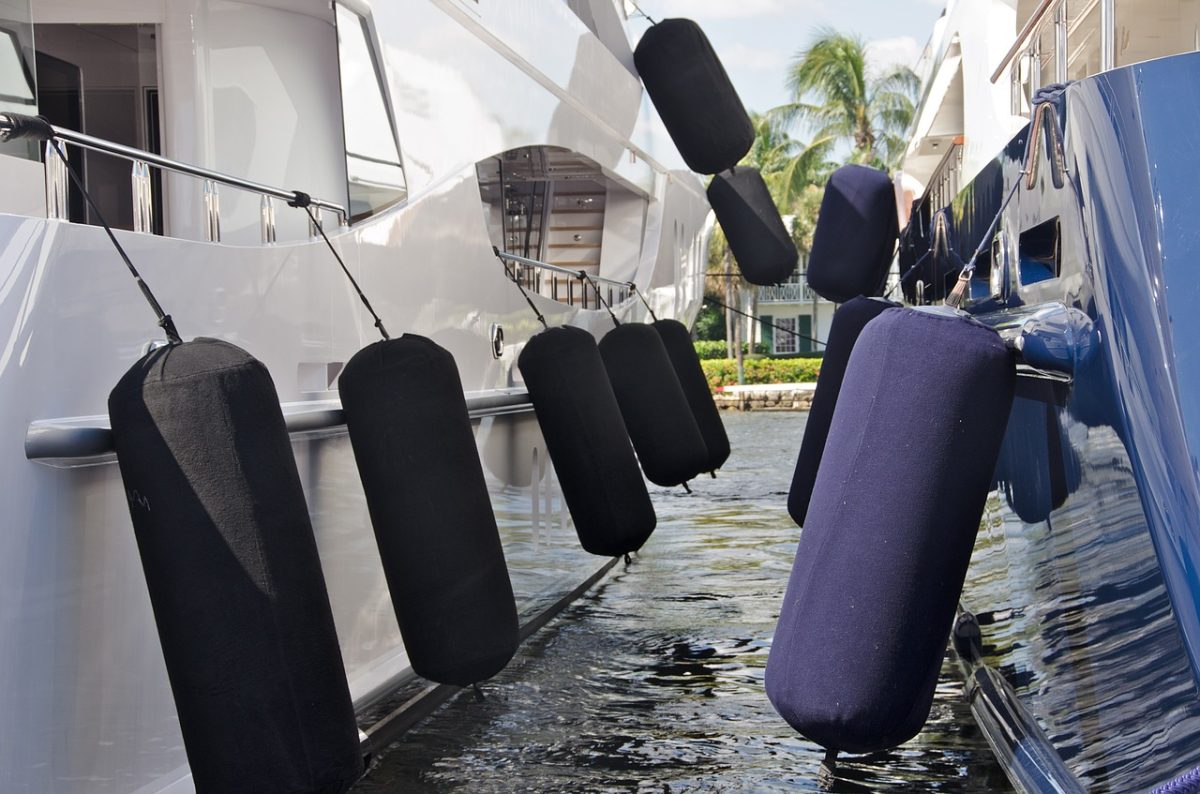
No matter how careful you are when steering and docking your boat, there’s always the element of surprise. Movement in the water, other boats, and unseen obstacles can scratch your boat or even do damage to nearby boats. Bumpers and fenders help reduce this risk. But it’s not enough to keep them handy. You should know how to use them properly. Here’s how to use boat bumpers and fenders.
Establish Good Bumper Habits
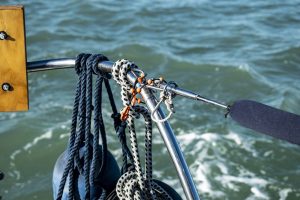
As with anything on your boat, you’ll want to establish good habits so that proper bumper placement becomes second nature to you:
- Use the proper fender for the dock. Most people associate bumpers and fenders with the vertical fenders they see dangling off of most boats. But there are also horizontal fenders available depending on the type of dock you’ll be using.
- Take fenders up when you’re going in or out. You don’t want fenders to catch on a pylon or suddenly spin the boat around, particularly when you’re in close quarters with other boats. Even carefully moving your boat out of harm’s way won’t always give you fair warning before the boat catches on something and spins somewhere you didn’t intend.
Using Bumpers & Fenders Properly
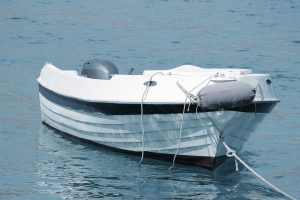
With the above habits in mind, there are some additional tips you can use to ensure that you’ll get the most possible value from your boat fenders:
- Scout out the best places on your boat for tying fenders. Do a little review to understand where the waterline on your boat will be. You need to look for places to tie your fenders.
- Tie your fender to the lowest spot possible. When you place your fender, you don’t want a lot of slack on the rope. That allows the fender to swing around and get displaced during the normal activities of boating. Instead, tie your fender at the lowest possible spot to limit movement.
- Learn the “slip hitch” knot. Also known as a “slipped clove hitch” knot, this temporary knot will keep your fender secure and can easily be pulled out when you need to move the fender. The more you perform this knot, the easier it will be to cinch something to your boat temporarily and trust that it will be secure until you come around to undo it.
- Learn the “cleat hitch” for other objects. The cleat hitch knot is specifically for tying a fender/bumper to your boat cleats, which are often the best places to tie on smaller boats. This is a simple, easy-to-reproduce knot, but it’s worth practicing yourself a few times before you try to use it for real.
Caring For Your Boat
Good bumper/fender habits are essential for any boat owner who wants to be respectful of their own boat and other boats out on the water. As a responsible boat owner, it’s important to care for your boat. At BoatLIFE, we provide a full range of boat maintenance products that can help you handle everything from regular cleaning to DIY repairs and more. Shop today!
